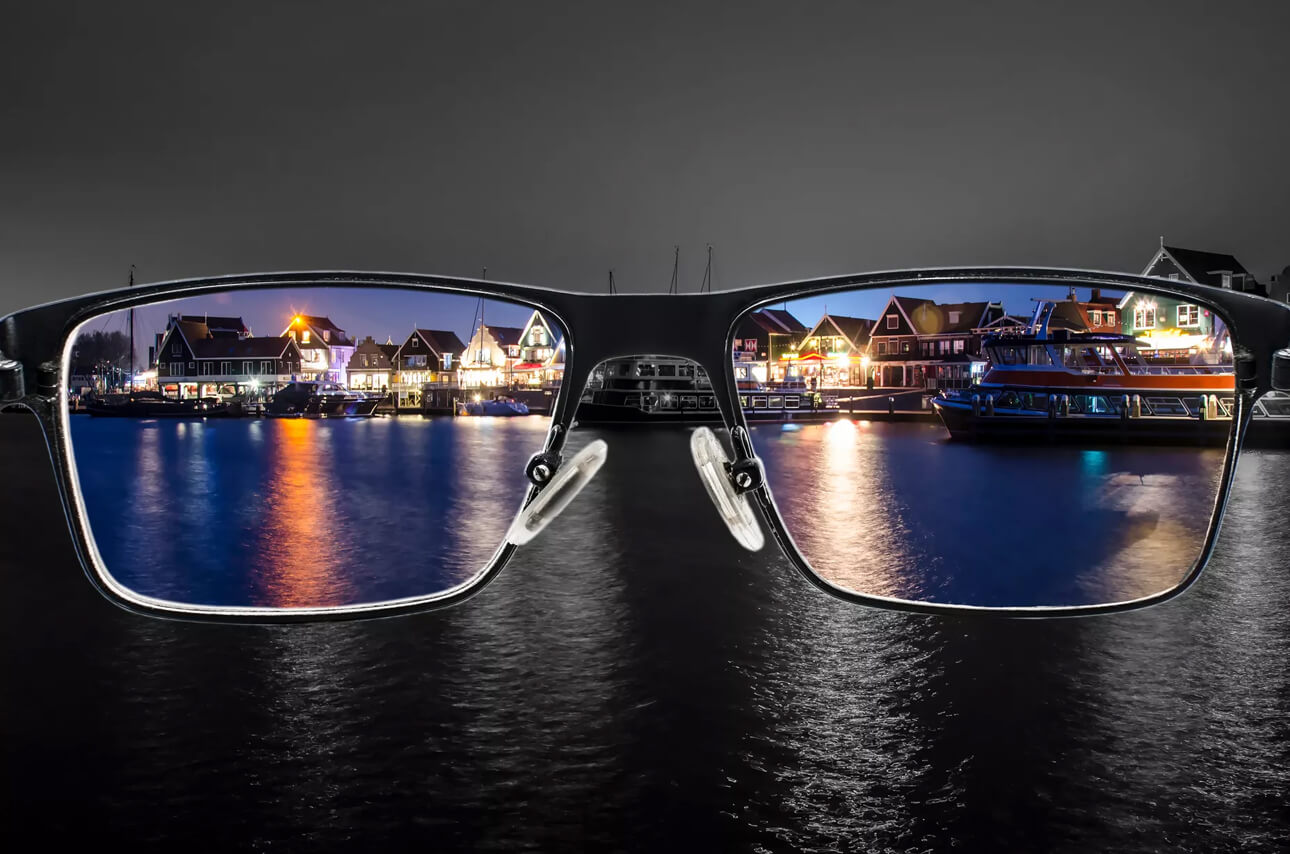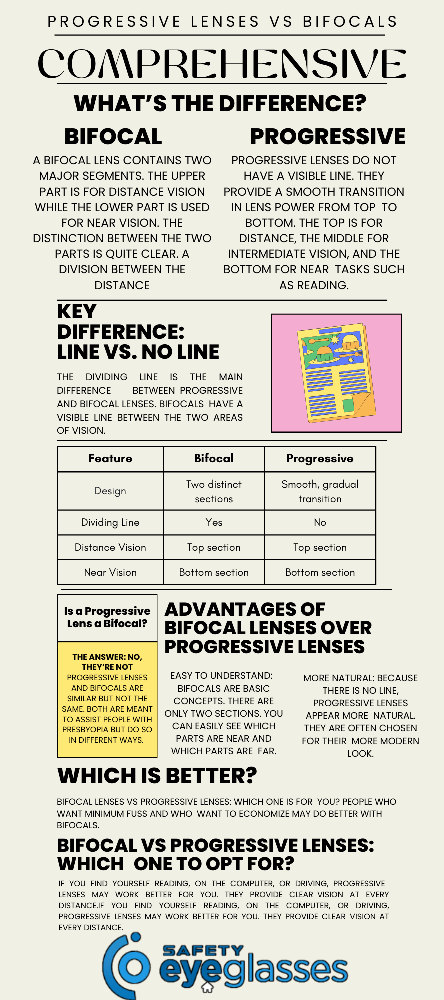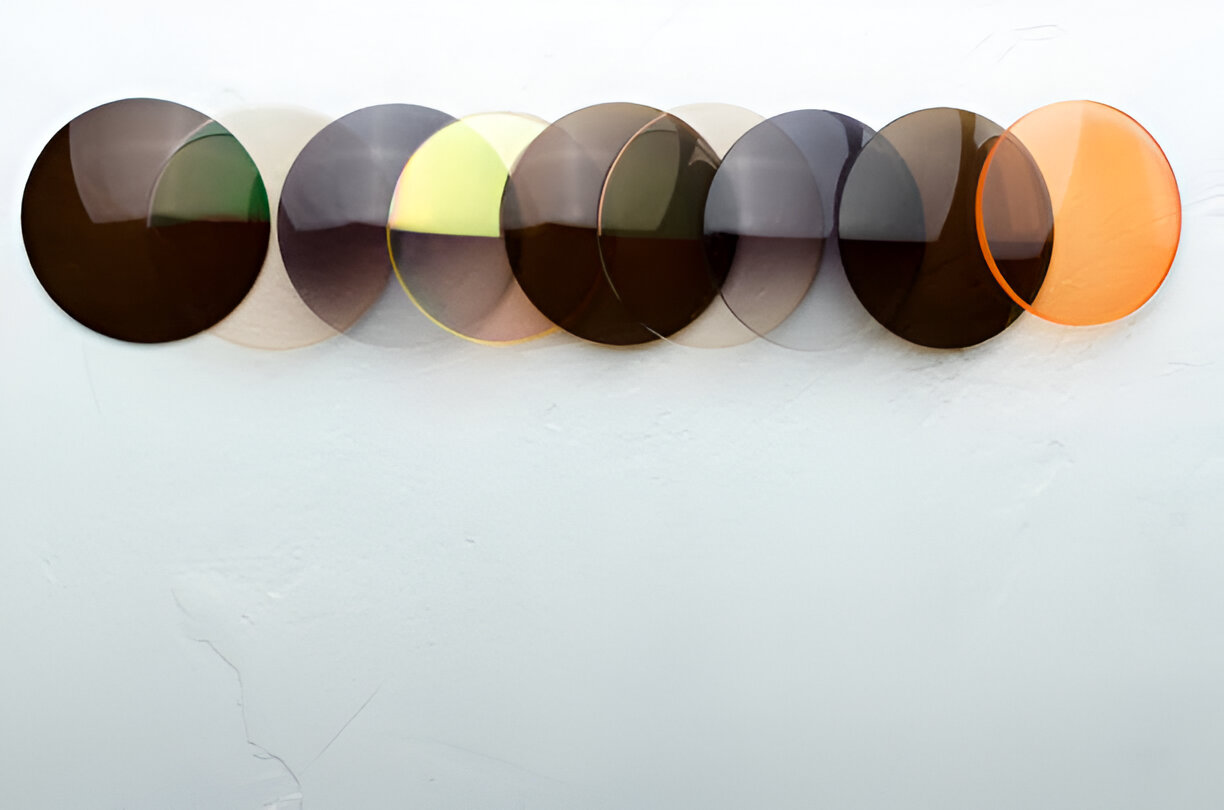
Blog
A Comprehensive Guide to Choosing the Best Option
Your vision needs to choose the right lenses. As we get older, our eyes might have difficulty widening to relay different distances. This condition, called presbyopia, is typical for people over 40. Progressive lenses and bifocals are two common treatments for presbyopia. Both lenses correct for near and far vision but do so in different ways. This guide seeks to compare and contrast progressive and bifocal lenses and discuss the best choice for you.
Progressive Vs. Bifocal Lenses: What’s The Difference?
What Are Bifocal Lenses?
A bifocal lens contains two major segments. The upper part is for distance vision while the lower part is used for near vision. The distinction between the two parts is quite clear. A division between the distance and near areas manifests itself as a line between them. To learn everything about bifocal lenses that you don't know, consider the following: A bifocal lens contains two major segments. The upper part is for distance vision while the lower part is used for near vision. The distinction between the two parts is quite clear. A division between the distance and near areas manifests itself as a line between them.
What Are Progressive Lenses?
Progressive lenses do not have a visible line. They provide a smooth transition in lens power from top to bottom. The top is for distance, the middle for intermediate vision, and the bottom for near tasks such as reading. That gradual transition gives progressive lenses a more natural appearance.
Key Difference: Line vs. No Line
The dividing line is the main difference between progressive and bifocal lenses. Bifocals have a visible line between the two areas of vision. These have a gradual change between them.
Feature | Bifocal Lenses | Progressive Lenses |
Design | Two distinct sections | Smooth, gradual transition |
Dividing Line | Yes | No |
Distance Vision | Top section | Top section |
Near Vision | Bottom section | Bottom section |
Intermediate Vision | Not available | Middle section |
Aesthetic Appeal | Less discreet | More natural appearance |
Advantages of Bifocal Lenses Over Progressive Lenses
Benefits of Bifocals
- Easy to understand: Bifocals are basic concepts. There are only two sections. You can easily see which parts are near and which parts are far.
- More Affordable: Bifocals tend to be more budget-friendly than progressive lenses. Bifocals may be the way to go if you’re more budget-conscious.
- Readjustment Period: Most people adapt well to bifocals. The line helps people know where to direct their gaze for various distances.
Life’s Little Mysteries: Benefits of Progressive Lenses
- One Lens for All Distances: Progressive lenses allow for a smooth transition between different distances. You can view multiple distances without having to toggle through tabs. But how do you know if your progressive lenses are correct?
- More Natural: Because there is no line, progressive lenses appear more natural. They are often chosen for their more modern look.
- Progressive lenses are versatile. They offer a clear vision for near, intermediate, and far-away objects. This makes them perfect for daily tasks.
- Good for intermediate distance: When working on the computer, progressive lenses are best. Plus, bifocals don’t have a part for intermediate vision.
Which Is Better?
Bifocal lenses vs progressive lenses: which one is for you? People who want minimum fuss and who want to economize may do better with bifocals. Progressive lenses offer a natural, continuous experience, making them ideal for individuals who require clear vision across varied distances.

Is a Progressive Lens a Bifocal?
The Answer: No, They’re Not
Progressive lenses and bifocals are similar but not the same. Both are meant to assist people with presbyopia but do so in different ways. Bifocal lenses have a visible dividing line between the sections for distance and close-up vision. Progressive lenses have a gradual change in power between the upper and lower sections without a visible line. For those seeking comprehensive vision correction and eye protection, everything to know about progressive safety lenses becomes essential. These lenses offer the benefits of progressive technology, eliminating the visible line, while also providing crucial impact resistance for various activities.
Why Some Confuse the Two
Many confuse progressive lenses and bifocals because both are correct for near and distant vision. Progressive lenses offer superior and continuous vision than bifocals. They enable a seamless change between different focal lengths, while bifocals require the wearer to shift his or her gaze between two separate zones.
Feature | Bifocal Lenses | Progressive Lenses |
Number of Vision Zones | Two (near and distant) | Three (near, intermediate, distance) |
Transition Type | Abrupt, clear line | Smooth, gradual transition |
Best For | People with simple vision needs | People need versatile vision |
Bifocal Vs Progressive lenses: Which one to opt for?
Consider Your Lifestyle
If you find yourself reading, on the computer, or driving, progressive lenses may work better for you. They provide clear vision at every distance. They are ideal for progressive lens users who don't want to have to keep switching lenses. But if you only need help with near and distant vision, bifocals are much better.
Consider Your Budget
Bifocal lenses are generally cheaper than progressive lenses. On a budget, bifocals may be a good compromise. They also remain extremely effective for optimizing eyesight at various distances and are often covered by insurance policies. Conversely, progressive lenses can be costlier but offer more features and adaptability.
Assess Your Aesthetic Needs
If the appearance of your glasses is important to you, progressive lenses can be a better option. They have no visible line, as bifocals do. Making them look more contemporary and discreet. Bifocals are a bit more noticeable than trifocals since they have a clear line, although they are also more practical.
Ease of Adaptation
Some people find it easier to adjust to bifocal lenses as they clearly distinguish between near- and far-sightedness. Some people, though, might prefer the gradual transition within progressive lenses. If you’ve been wearing glasses for a long time, it might take you some time to adjust to progressive lenses. However, the whole experience is more seamless.
When we weigh progressive lenses vs. bifocal lenses, it all comes down to your needs. Bifocals are a low-cost, simple solution that has a distinct separation of near and distance vision. But they don’t have the same versatility or smoothness as progressive lenses. Progressive lenses offer a more seamless transition between distance and near lenses compared to traditional bifocals or trifocals. People who require clear vision at all distances, such as presbyopes, will often choose these lenses.
For those whose priorities lie in aesthetics, comfort, and multicasting, progressive lenses might be best. But if cost and simplicity are your two major priorities, bifocals could be the right option for you. You still deserve time to consider your vision needs, preferences, and budget before making a decision. Regardless, both styles of lenses will enhance your vision and lifestyle.






Leave your comment